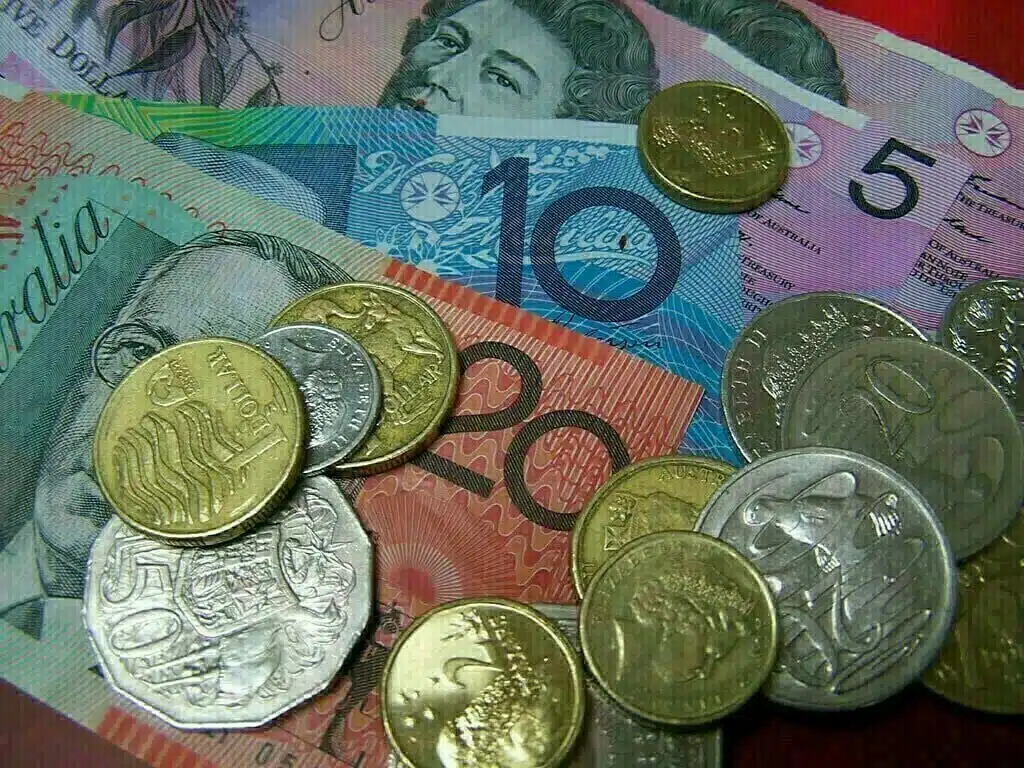In the face of mounting geopolitical uncertainties and critical economic data releases, the Australian Dollar (AUD) has shown remarkable resilience. As traders navigate through the complexities of global markets, the AUD remains a focal point, particularly with the imminent release of the Judo Bank Purchasing Managers’ Index (PMI). This article delves into the factors influencing the Australian Dollar, including geopolitical tensions, recent US economic data, and domestic economic indicators.
Geopolitical Tensions Weigh on the Australian Dollar
The Australian Dollar has been caught in the crossfire of international tensions, especially following a missile attack from Iran that has prompted concerns of retaliation from Israel. As the situation unfolds, the potential for escalation could see investors flocking to safe-haven currencies. Despite these uncertainties, the AUD/USD pair has managed to trade relatively flat, closing the recent session at 0.6882 after peaking at 0.6915 earlier in the day.
US Economic Data Adds to the Mix
Adding another layer to the market dynamics, the latest US employment data has revealed an uptick in private hiring. The ADP National Employment Report for September reported an increase to 143,000 jobs, surpassing both the previous month’s revised figure of 103,000 and the forecast of 120,000. This data, alongside comments from Richmond Federal Reserve President Thomas Barkin, has heightened focus on inflation concerns despite recent rate cuts. Barkin’s remarks underscore the ongoing struggle against inflation, casting doubt on the sustainability of the current economic recovery.
Australian Market Awaits PMI Data Release
Back home, the Australian market is keenly awaiting the release of the Judo Bank’s Services and Composite PMIs for September. Expectations suggest a dip in the Services PMI from 52.5 to 50.6, indicating potential cooling in business activity. Despite this anticipated slowdown, the Composite PMI remains in expansionary territory, suggesting that the broader economic landscape is still holding steady. The Reserve Bank of Australia (RBA) has maintained a cautious stance, keeping interest rates unchanged as it monitors inflationary pressures.
Retail Sales Surpass Expectations
In a surprising turn, the Australian Bureau of Statistics reported a 0.7% month-over-month increase in retail sales for August, outpacing the expected 0.4% rise. This robust consumer spending data supports the RBA’s decision to maintain higher interest rates for the time being, as it reflects underlying economic strength.
China’s Economic Performance and Its Ripple Effect
As Australia’s largest trading partner, China’s economic health significantly impacts the AUD. Recent reports indicate a slowdown in Chinese economic activity, prompting the People’s Bank of China to implement stimulus measures such as cutting loan rates and reducing bank reserve requirements. These efforts aim to steer China towards its 5% GDP growth target for 2024. However, continued deflationary trends could pose challenges, potentially influencing Australian exports and, consequently, the AUD.
Iron Ore Prices and the AUD Connection
Iron Ore remains a key export commodity for Australia, heavily influencing the AUD’s value. Any fluctuations in its price can lead to corresponding shifts in the currency. Currently, stable iron ore prices lend support to the AUD, although market volatility remains a constant threat.
Technical Outlook: Short-Term Volatility for AUD/USD
The technical analysis for AUD/USD suggests a bearish phase in the short term, with potential retracement before challenging the 0.6900 mark again. Market sentiment indicates a possible test of support levels around 0.6871, with further downside risk towards the October low of 0.6856. However, should the pair break above 0.6900, it may retest the year-to-date high of 0.6934, indicating positive momentum.
Understanding the Drivers Behind the Australian Dollar
Several factors drive the AUD, primarily interest rates set by the RBA, the global demand for Australia’s natural resources, and economic conditions in China. Additionally, the balance of trade and market sentiment, whether risk-on or risk-off, play crucial roles.
As global events continue to unfold, the Australian Dollar remains a currency to watch. With geopolitical tensions, economic data, and domestic indicators all playing a part, understanding these dynamics is crucial for traders and investors alike. The AUD’s performance amidst these challenges will provide key insights into the broader economic outlook, both for Australia and its trading partners.


